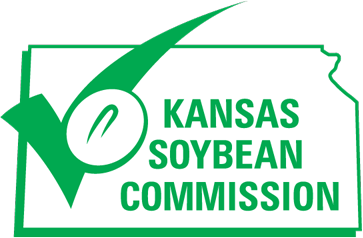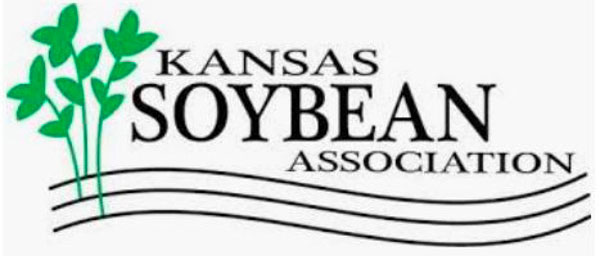Domestic, int’l markets benefit from soy checkoff
The soybean checkoff is always at work. It utilizes dollars collected from every soybean grower in the U.S. to increase demand for soybeans and secure a competitive return on investment.
When asked where he sees success of the checkoff playing out in Kansas, Commission Chairman Bob Haselwood points to industrial uses.
“I think we’ve created some long-term demand for renewable diesel and biodiesel. Just look at all the plants going up,” he says.
Bartlett announced in Fall 2021 that the company would build a new soybean crush plant in Montgomery County. The facility is expected to be able to handle about 38.5 million bushels of soybeans each year, or about 110,000 bushels per day. Kansas is one of many Midwestern states welcoming a new crush facility.
Increased demand and production of soybean oil leads to decreased soybean meal costs – a big win for livestock that rely on the protein-rich quality of soy feed.
Animal agriculture is the largest customer of soybean meal, with pork being the largest consumer in Kansas. The U.S. Meat Export Federation shared a report in February detailing 2021 export statistics for pork and beef. Pork and variety meat exports for the year totaled 2.922 million metric tons. Export value reached a record $8.11 billion, up 5 percent or $392 million up from 2020. Those exports accounted for 29.4 percent of total production. It was a record export year for US Beef globally for volume at 1.44 million metric tons and value at $10.58 billion. The year’s beef exports accounted for 15 percent of total production.
Soy is most often associated with animal diets, but it also has an essential place in human nutrition. National Nutrition Month in March and National Soy Foods Month in April are opportune times to share where soy foods fit into healthy living. In its many food forms – vegetable oil and high oleic soybean oil, tofu and others – soy touts heart healthy attributes and can lower risk of some cancers. Early in 2021, the Dietary Guidelines for Americans added soy food products to four of its six core elements for the 2020-2025 guidelines.
Researchers are gearing up for new and continuing soybean research projects with the start of the growing season. Projects focus on a range of agronomic practices, including biological weed control, disease control, nutrient management and technology. Read more research highlights in the April digital edition of Soy Notes. Growers are invited to get on the Soy Notes email list to receive each digital edition directly. Sign up here: https://lp.constantcontactpages.com/su/RcAJwAY/soynotes.

